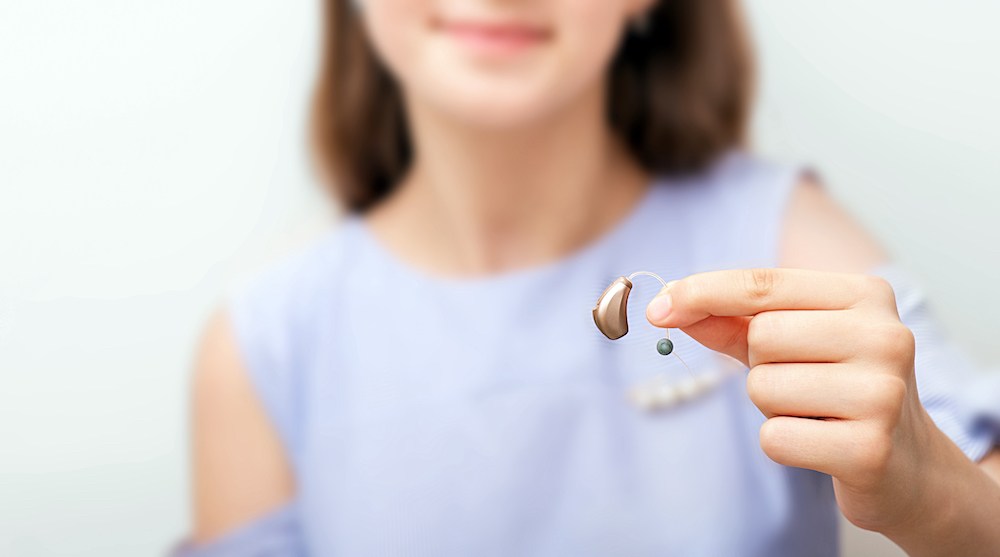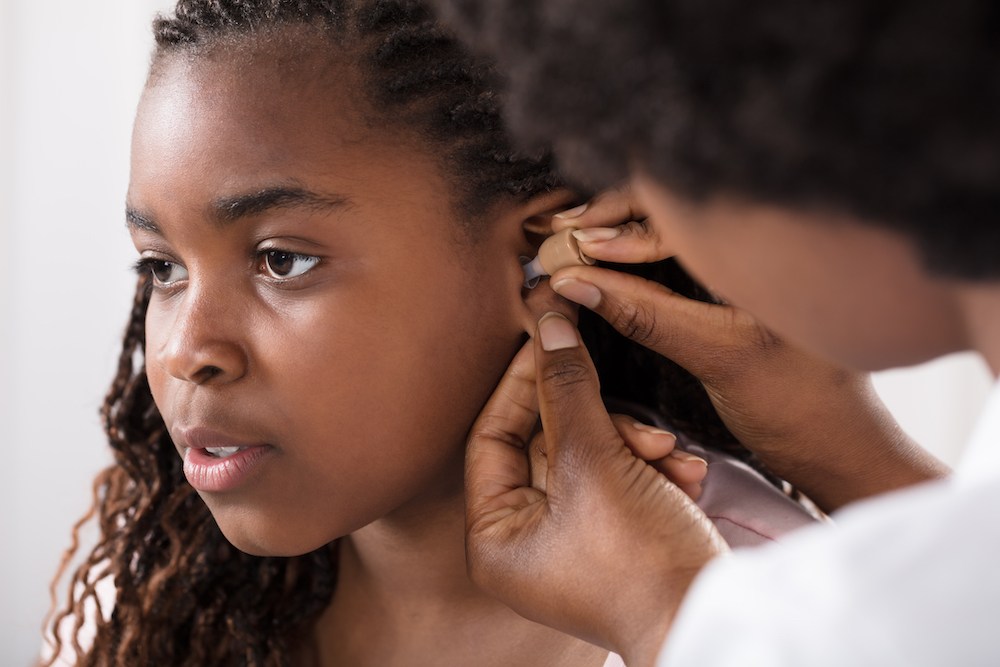Maximizing the Benefits of Your Hearing Aid Fitting
Hearing loss is experienced by many, and although it comes with its unique

By: admin | April 21, 2020
Have you utilized your ear trumpet lately? No? You don’t use one? Because that technology is hundreds of years old. Okay, I suppose that seems logical. Ear trumpets are a bit… archaic.
The basic shape of the modern hearing aid was designed in the 1950s. And for some reason, that’s the hearing aid which has become established in our collective consciousness. The trouble is that a hearing aid built in the 1950s is just about as out-dated as an ear trumpet. We need to really expand our thinking if we want to understand how much more advanced modern hearing aids are.
So that you can better understand just how advanced hearing aids have become, it’s useful to have some context about where they started. As far back as the 1500s, you can find some type of hearing aid (though, there’s no evidence that these wooden, ear-shaped items were actually effective).
The first moderately helpful hearing assistance device was most likely the ear trumpet. This device appeared to be a long horn. The wide end faced the world and the small end was put into your ear. These, um, devices weren’t really high tech, but they did provide some measurable help.
When electricity was introduced, hearing aids experienced a major revolution. The hearing aid that we are familiar with was essentially developed in the 1950s. They were rather rudimentary, relying on transistors and large, antiquated batteries to effectively work. But these gadgets represent the start of a hearing aid that could be easily worn and concealed. The hearing aids of the 1950s might have appeared similar to modern hearing aids but the technology and capability is worlds apart.
Simply put, modern hearing aids are technological masterpieces. And they continue making improvements. In several significant ways, modern hearing aids have been taking advantage of the digital technology of the later twentieth century. Power is the first and most essential way. Earlier models had batteries which had less power in a larger space than their present counterparts.
And with that greater power comes a long list of sophisticated advances:
The old style hearing aids no longer exemplify what hearing aids are, in the same way as rotary phones no longer illustrate what long distance communication looks like. Hearing aids aren’t what they once were. And that’s a good thing–because now they’re even better.
[blogcta]

Hearing loss is experienced by many, and although it comes with its unique
By: admin | March 31, 2024

Hearing aid repairs are a necessary part of using devices. Hearing aids
By: admin | March 30, 2024

Typically, your body excels at maintaining its own upkeep, including your
By: admin | February 29, 2024
